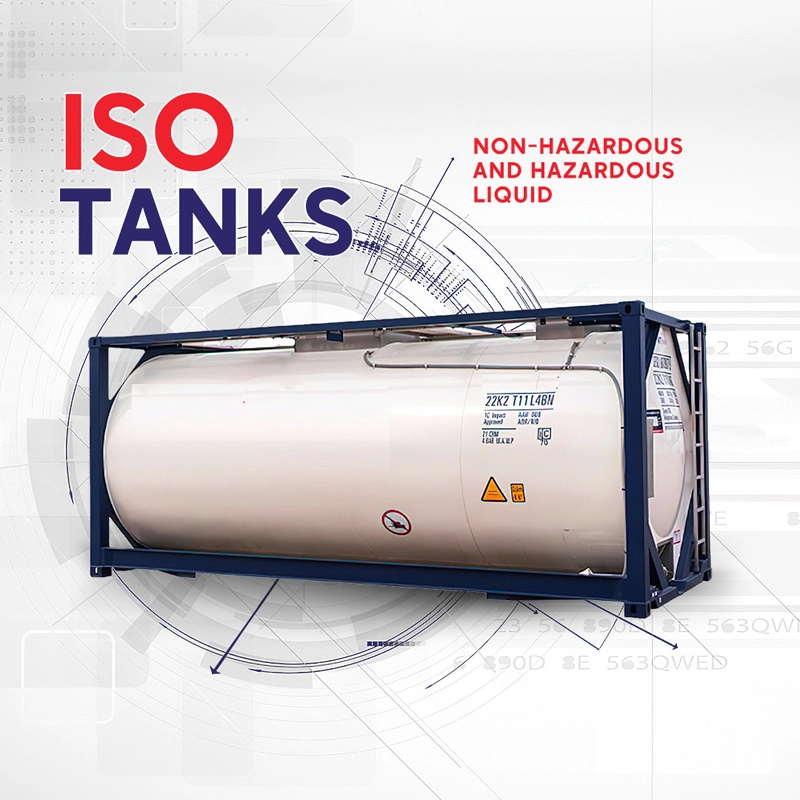How Container Shipping Works
Shipping Containers Buy has helps impact global trade around the world by conveying goods / products of all sorts from one location to another safely and securely. Here’s what the process of global shipping looks like with
- Booking: A shipper books a container with a shipping carrier.
- Packing: Goods are loaded into the container.
- Transport: The filled container is transported to the port, often via truck or train.
- Loading: The container is loaded onto the shipping vessel using cranes.
- Transit: The ship travels to the destination port.
- Unloading and Delivery: Upon arrival, full containers from FCL shipments can be transported by truck or rail to the importer or exporter’s warehouse, or, for LCL shipments, the container is unloaded and its contents are delivered to each importer or exporter’s final destination.
Types of Intermodal Shipping Containers
Standard Containers:
- 20-foot (20ft) Container: This is the industry standard for general cargo. It has a capacity of about 33 cubic meters.
- 40-foot (40ft) Container: At twice the length of the 20ft container, the 40ft is suitable for shipping large quantities of goods, offering almost 67 cubic meters of space.
High Cube Containers:
- 40-foot High Cube Containers For Sale: This container offers an extra foot in height compared to the standard 40ft container, making it suitable for slightly taller items.
- 45-foot High Cube: Provides even more space than the 40-foot variant, accommodating bulkier items.
Refrigerated Containers:
- Used for perishables, refrigerated containers come in both 20ft and 40ft sizes and maintain controlled temperatures to keep products fresh.
Open-Top and Flat Rack Containers:
- These are used for cargo that is nonstandard size or shape, or extremely heavy. Open-top containers allow goods that are too heavy to be loaded through the container door with a forklift to instead be loaded instead into the container using a crane. Then, the top is covered with steel bows and tarpaulin. Flat rack containers are typically used for large machinery or vehicles that don’t fit inside a standard container. They do not have walls, but instead are secured with lashing rings and tarps from the sides.

Tank Containers:
- Tank containers For Sale are typically around 20ft, these are used for liquids like chemicals, oils, and food-grade products. A basic show on how container shipping works with hazardous and non-hazardous liquids

Comments
Post a Comment